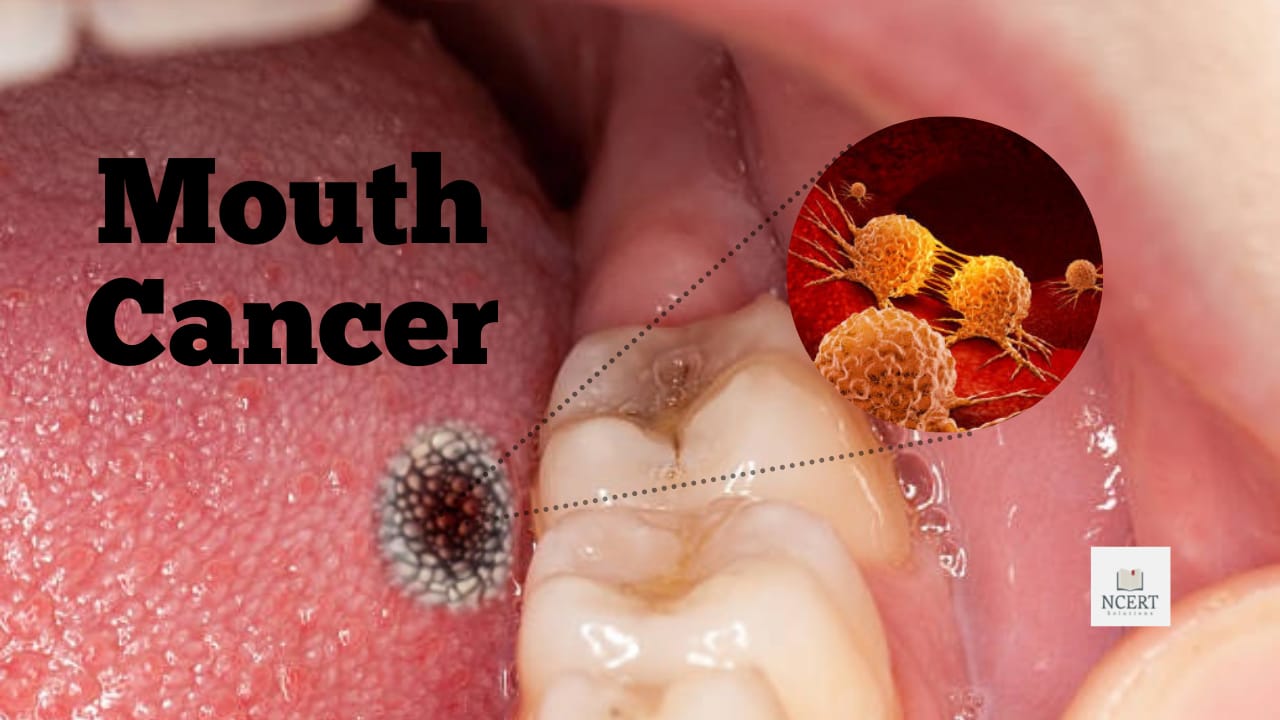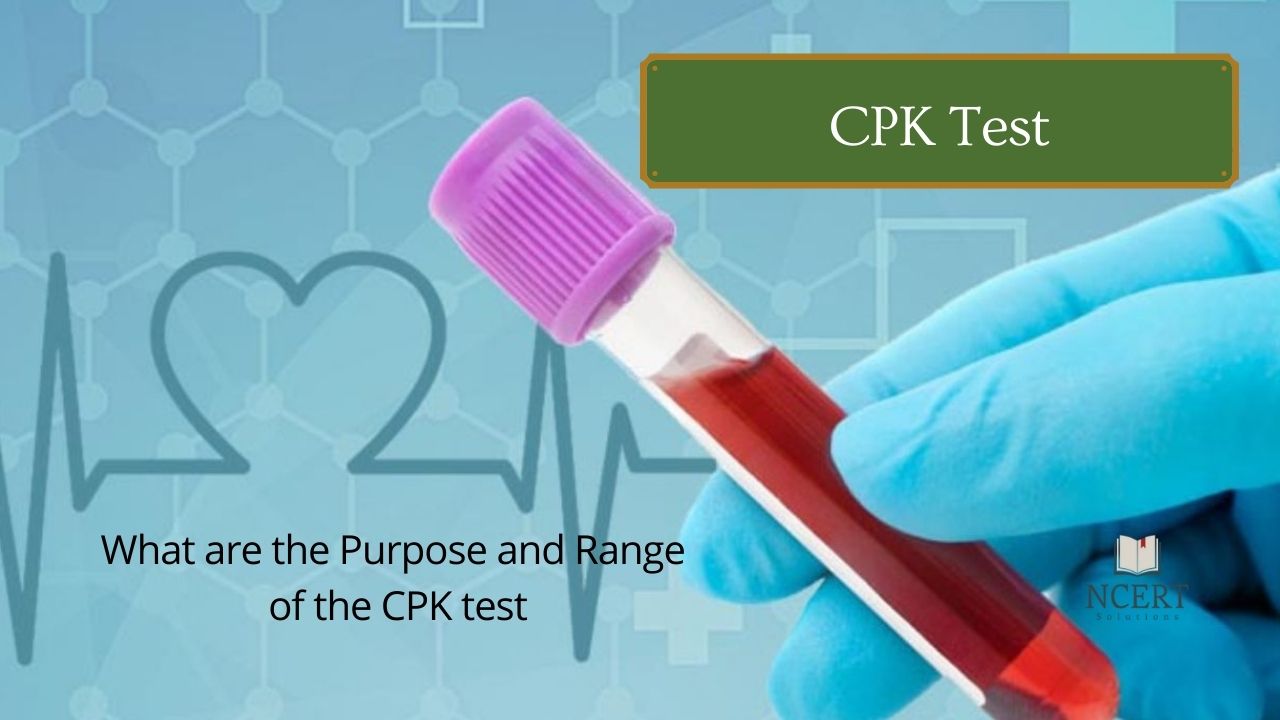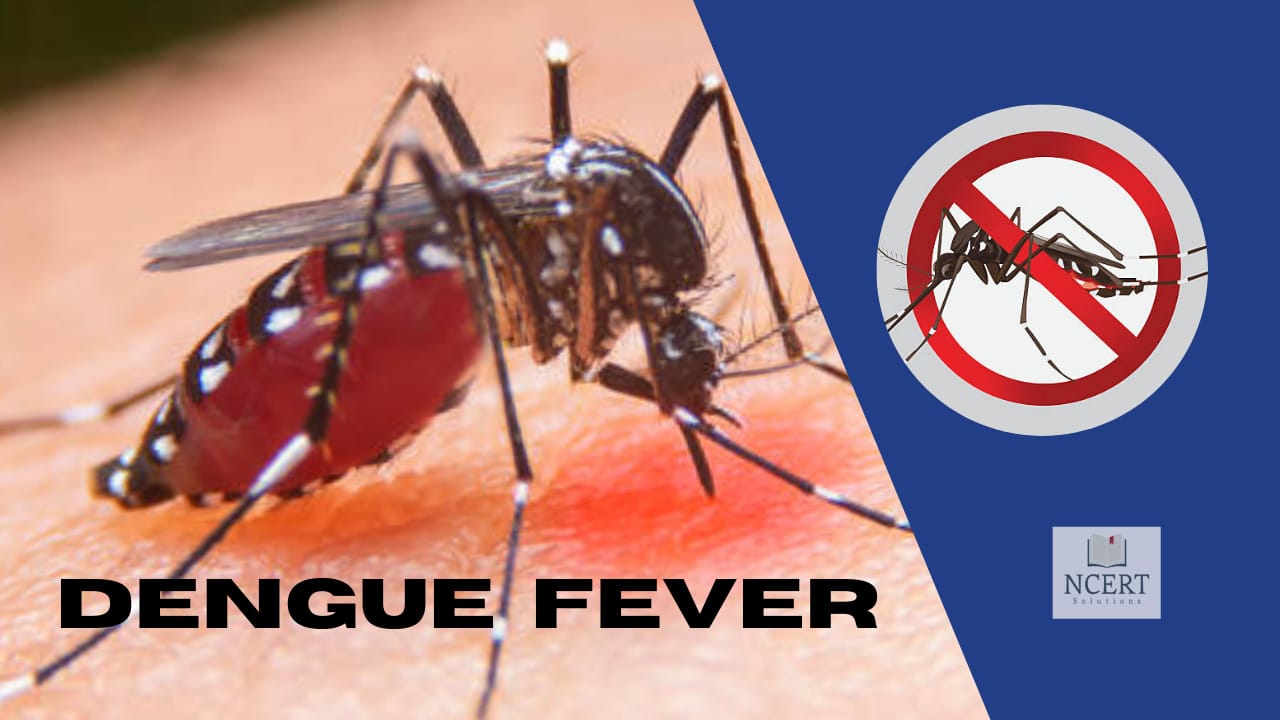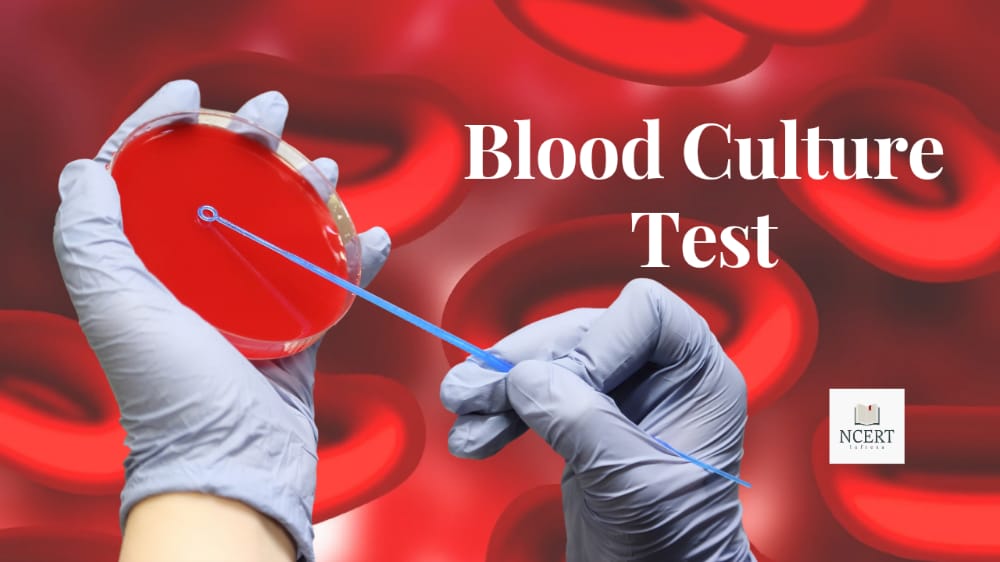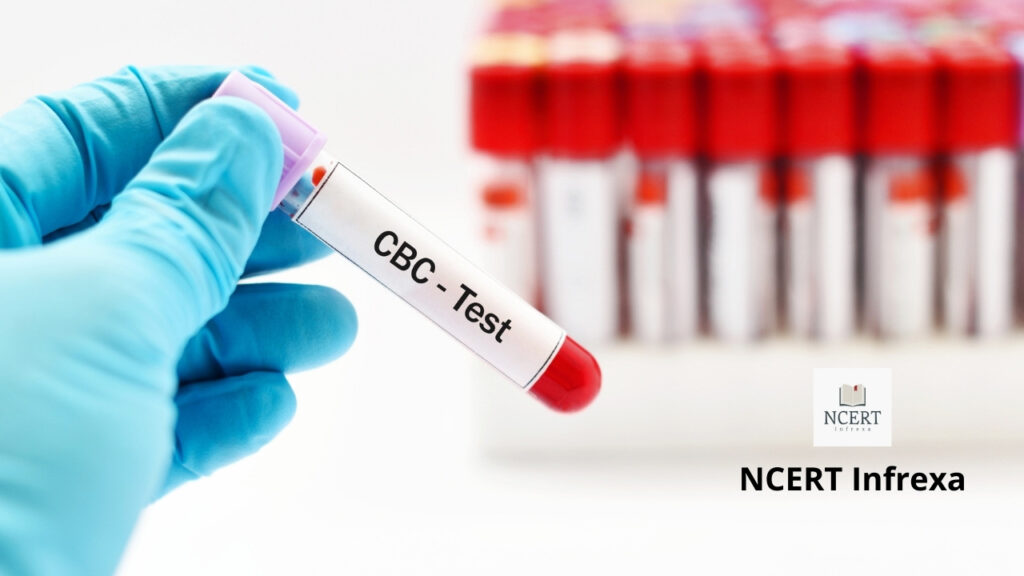Mouth cancer is cancer that occurs in the tissues of the mouth or throat. It is a type of head and neck cancer which is a large group of cancers. Mouth cancer symptoms are difficult to notice in their early stage.
Oral cancers include cancers of the lips, tongue, cheeks, lower part of the mouth, hard and soft palate, sinuses, and throat. They can be fatal if they are not diagnosed and treated on time.
Mouth cancer is very common now and if it is detected early then it can be easily treated. If you visit the dentist regularly, they usually catch oral cancer in its early stages.
Men have twice the risk of getting oral cancer than women. Men over the age of 50 are most at risk. Smoking and the use of tobacco are the main causes of oral cancer.
Mouth Cancer Status In India
In India, 20 out of every 100,000 people suffer from oral cancer or mouth cancer symptoms which accounts for 30% of all cancers. More than 5 people die every hour in India due to oral cancer.
Cancer registration is not mandatory in India, so the actual figures and mortality rates may be higher as many cases go unrecorded.
Tobacco use accounts for one-third of all oral cancer deaths in India and is preventable.
Mouth cancer symptoms
What are the early symptoms of Mouth cancer
You can stand in front of the mirror by yourself and look inside your mouth. If you notice any sores, blisters, lumps or any unusual changes that are not getting better after a few weeks or even after treatment, contact a doctor immediately. The doctor can check whether it is the beginning of oral cancer or not.
Symptoms of mouth cancer
The following symptoms may occur due to mouth cancer:
- Non-healing Blister – A blister in the mouth that is not healing, can be a symptom of oral cancer
- Mouth patches – Velvety white, red, or gray patches in the mouth
- Wounds that are not healing – Sores on the face, neck or mouth and that do not heal within 2 weeks can be a sign of cancer
- Mouth pain – Pain or discomfort in the mouth that does not heal is the most common symptom of oral cancer
- Weight loss – Unexplained weight loss can be a sign of cancer
- Occasional changes in the mouth – swelling, lumps, spots, crusts or erosions develop in the lips, gums, or other areas of the mouth
- Bleeding – Unexplained bleeding from the mouth
- Pain or numbness – unexplained numbness, loss of feeling, or pain/tenderness in any area of the face, mouth, neck, or ears
- Feeling like something is stuck in the back or inside of the throat
- Hoarseness and voice changes
- Difficulty chewing or swallowing
- Difficulty in speaking, or in moving the jaw or tongue
- Denture misalignment
- Lump in neck
Causes of Mouth Cancer
Oral cancer occurs when there is a mutation in the DNA of the cells of the mouth. Mutations cause abnormal cells to grow and divide. A tumor is formed when abnormal cells accumulate. This is called oral cancer.
It’s not clear what causes the mutations in the cells, but doctors have identified factors based on mouth cancer symptoms that may increase the risk of oral cancer.
The risk of getting oral cancer increases due to these reasons:
- Use of cigarettes, cigars, pipes, gutka and tobacco of any kind
- Drinking too much alcohol
- Excessive sun exposure on your lips
- HPV, A sexually transmitted virus which is known as human papillomavirus.
- Weak immune system
Mouth cancer prevention
Prior to or later noticing the mouth cancer symptoms, the ways can be adopted to avoid oral cancer are as follows:
- Do not consume alcohol, cigarettes, bidis or any tobacco products.
- Eat a good and balanced diet.
- Avoid exposure to the sun’s rays as much as possible. Use UV-A/B blocking sunscreen on your skin and lips whenever you go out in the sun.
- Young people who have oral sex have a higher risk of getting oral cancer.
Apart from all these precautions, if you are at high risk of getting oral cancer (such as if you smoke cigarettes or bidis), then you can detect cancer at an early stage by doing the following tests yourself –
Do oral self-examination at least once a month
Stand in front of a mirror in bright light and feel your lips and the front part of your gums. Tilt your head back and look and feel the top layer of your mouth.
- Pull up your cheek and look at the inside of your mouth, the lining of your cheeks, and the gums behind.
- Feel for lumps or enlarged lymph nodes on both sides of the neck and in the lower jaw.
- Contact your dentist immediately if you notice any unusual changes in your mouth or any symptoms of oral cancer.
Get tested by visiting your dentist regularly
Even though you often self-examine your mouth, sometimes small spots or sores in the mouth can be dangerous and difficult to see on your own.
The American Cancer Society recommends getting screened for oral cancer every three years for people over the age of 20 and annually for people over the age of 40.
Detecting oral cancer at an early stage can increase the chances of successful treatment.
Diagnosis of oral cancer
Following are the tests and procedures used to diagnose oral cancer:
1. Physical examination – your doctor or dentist will examine your lips and mouth to check for abnormalities – such as areas of irritation, sores, and white patches (leukoplakia).
2. Biopsy – If a suspicious area is found, your doctor or dentist may recommend a biopsy by removing a sample of cells from the area.
3. Other tests – If a biopsy confirms that you have oral cancer, you will need to have further tests to determine the stage of cancer before starting any treatment. These tests are usually done to check if cancer has spread to tissue beyond the primary cells, such as the jaw, skin, or lymph glands in your neck.
This may include the following tests:
- X-ray
- Ultrasound scan
- MRI scan
- Computerized Tomography Scan (CT Scan)
- Positron Emission Tomography Scan (PET Scan)
Mouth cancer treatment
The treatment of oral cancer depends on the location and stage of the cancer. Treatment options include surgery, radiation, or chemotherapy. You may only need one or more of these options. Your doctor will decide what is right for you.
1. Surgery
Different types of surgery can be done in oral cancer, such as –
Surgery to remove the tumor – Your surgeon removes the cancerous and some of the healthy tissue around it to make sure all the cancer cells are removed.
Smaller cancers can be removed through minor surgery however if the tumor is large it may require more extensive procedures.
Surgery to remove cancer that has spread to the neck – if cancer cells have spread or are prone to spread to the lymph nodes of the neck, depending on the size of your cancer, your surgeon may recommend a procedure to remove the cancerous lymph nodes. This surgery removes any cancer cells in your lymph nodes.
Surgery to realign your mouth – After an operation to remove your cancer, your surgeon may recommend surgery to repair your mouth to help you regain your ability to talk and eat.
2. Radiation therapy
You may only need radiation therapy if your oral cancer is in the early stages. Radiation therapy may also be used after surgery.
In other cases, both radiation therapy and chemotherapy may be used together. It enhances the effectiveness of radiation therapy but also increases its side effects.
In advanced-stage oral cancer cases, radiation therapy can help relieve the symptoms of cancer, such as pain.
3. Chemotherapy
Chemotherapy uses chemicals to kill cancer cells. One or more chemotherapy drugs may be needed or chemotherapy may be used in combination with other cancer treatments.
Chemotherapy can increase the effectiveness of radiation therapy, so the two are often combined.
Other treatments for cancer
Targeted drug therapy
Targeted drugs treat oral cancer by modifying cancer cells. Cetuximab is a targeted therapy for the treatment of head and neck cancer in certain conditions.
Cetuximab blocks the action of a protein that is found in many types of healthy cells but is prevalent in some types of cancer cells.
Alternative treatment
No complimentary or alternative medicines can cure oral cancer but can help you fight oral cancer and may also help prevent side effects of cancer treatment, such as fatigue.
Ask your doctor about appropriate exercises, massage therapy, relaxation therapy, and acupuncture.
Stages and Grades
Mouth cancer stages
Depending on the mouth cancer symptoms, different methods are used to classify the stages of different types of cancer.
Below is an example of a common method of this:
- Stage 0 – The cancer is where it started and has not spread. Stage I – The cancer is small and has not spread anywhere.
- Stage II – Cancer has grown but has not spread.
- Stage III – Cancer has grown and may have spread to surrounding tissues and/or lymph nodes (part of the lymphatic system).
- Stage IV – Cancer has spread from where it started to at least one other body part; It is also known as “secondary” or “metastatic” cancer.
Mouth cancer grades
The grade of cancer is determined by observing the cancer cells under a microscope.
A low grade indicates slow-growing cancer and a high grade indicates fast-growing cancer.
The commonly used grading system is as follows:
- Grade I – Cancer cells that are similar to normal cells are not growing as fast.
- Grade II – Cancer cells that do not look like normal cells are growing faster than normal cells.
- Grade III – Cancer cells that seem abnormal are growing more aggressively.
Types of Mouth Cancer
Mouth cancer includes the following cancers:
- Lip cancer
- Tongue cancer
- Cheek cancer
- Gum cancer
- Cancer of the floor of the mouth (under the tongue)
- Cancer of the hard and soft palate
The following are the types of oral cancer:
1. Squamous cell carcinoma – More than 90 percent of cancers found in the oral cavity and oropharynx (middle part of the throat) are squamous cell carcinomas.
Normally, the throat and mouth are covered with so-called squamous cells, which are flat and arranged in a scale-like manner. Squamous cell carcinoma means that some of the squamous cells are abnormal.
2. Verrucous carcinoma – About 5 percent of oral cavity tumors are verrucous carcinoma, a type of very slow-growing cancer composed of squamous cells.
This type of oral cancer rarely spreads to other parts of the body but can invade tissue around the site of origin.
3. Minor salivary gland carcinomas – This oral cancer can develop on the small salivary glands, which are found in the lining of the mouth and throat.
4. Lymphoma – Oral cancer that develops in lymph tissue, which is part of the immune system, is called lymphoma. Lymphoid tissue is found in the tonsils and base of the tongue.
5. Leukoplakia and erythroplakia – This non-cancerous condition means there are some types of abnormal cells in the mouth or throat.
In leukoplakia, a white area can be seen, and in erythroplakia, there is a red area, flattened or slightly raised, which often bleeds when scraped.
Both conditions can be associated with precancerous, they can develop into different types of cancer, in this case, a biopsy test is recommended to determine whether the cells are cancerous or not.
